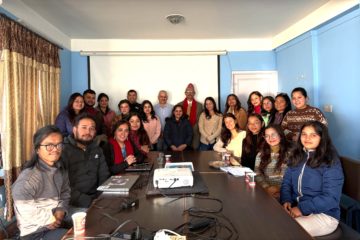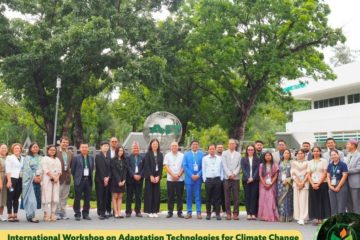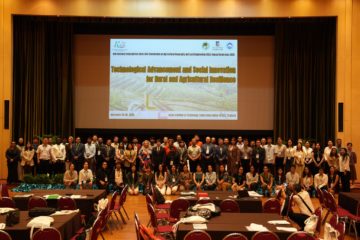PhD Colloquium for September 2018

Topic: Factors affecting waterbirds’ abundance, diversity and richness in Bung Boraphet Marsh, Central Thailand
Presenter: Mr. Rehan Ul Haq/NRM
Moderator: Ms. Fatemeh Safaripaskiaby/GDS
Date: Wednesday, September 26, 2018
Time: 15:00-16:00 hrs.
Venue: S201
Abstract
Waterbirds around the world are experiencing rapid declines. This study analyzed the climatic, hydrological, and landscape variables affecting the abundance and species richness of waterbirds in Bung Boraphet—the largest freshwater wetland in Thailand—from 2003 to 2014. The behavioral responses of waterbirds in the fishing and no-fishing zones of Bung Boraphet were also analyzed. To understand the specific ecological responses, we divided the resident and migratory waterbirds into five functional groups each (ducks, fish-eaters, large waders, small waders, and vegetation gleaners). Mixed models were used to determine the effects of climatic, hydrological, and landscape variables on the abundance and species richness of waterbirds. Multivariate analysis of variance was used to identify the differences in behavioral responses of waterbirds in the fishing and no-fishing zones of Bung Boraphet. We found 109 species of waterbirds, belonging to 17 families, from 2003 to 2014. The population of waterbirds declined by 8% from 2003 to 2014 with the highest decline of 27% in resident waterbirds. Results showed that the abundance of waterbirds was negatively associated with the increase in rainfall. Increasing maximum temperature decreased the abundance of migratory waterbirds. Increasing concentration of dissolved oxygen in water positively influenced the abundance of fish-eaters, whereas increasing water depth negatively affected the abundance of waterbirds. The spatial area of marshes positively, whereas the spatial area of waterbodies and human settlements negatively influenced the abundance of waterbirds. For species richness models, human settlements showed a positive effect on the species richness of waterbirds. For Near Threatened waterbirds, the abundance of Black-headed Ibis (Threskiornis melanocephalus) and Black-tailed Godwit (Limosa limosa) decreased with increasing rainfall. The abundance of Painted Stork (Mycteria leucocephala) and Spot-billed Pelicans (Pelecanus philippensis) showed a positive association with the increase in minimum temperature. The abundance of Oriental Darter (Anhinga melanogaster) was negatively associated with the increase in water depth and marshy areas. The behavioral analysis showed that waterbirds preferred the no-fishing zone—with lesser boat traffic. The study concludes that the maintenance of an optimal water depth and quality, preservation of critical marsh habitats, eradication of invasive species, restrictions on new human settlements adjacent to Bung Boraphet, and limiting boat traffic inside Bung Boraphet are all necessary to conserve waterbird populations and species richness.


